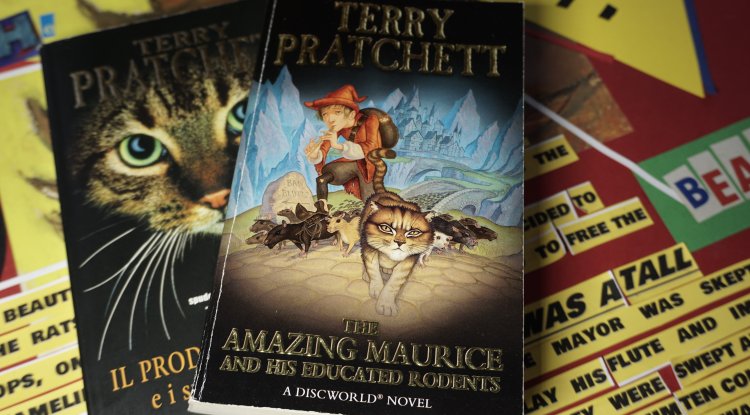'House of Frankenstein' (1944)
House of Frankenstein, released in 1944, is a thrilling horror film that brings together some of Universal Studios' most iconic monsters in a captivating story. Directed by Erle C. Kenton, the movie combines elements of horror, fantasy, and suspense, presenting an engaging narrative that intertwines the fates of Dracula, the Frankenstein Monster, and the Wolf Man. With its atmospheric setting, memorable monster encounters, and intriguing plot, House of Frankenstein offers a delightful viewing experience for fans of classic horror.

Plot
The film follows the story of Dr. Gustav Niemann (played by Boris Karloff), a mad scientist who escapes from prison and seeks revenge against those who wronged him. In his quest for vengeance, he discovers the frozen bodies of Dracula (played by John Carradine) and the Wolf Man (played by Lon Chaney Jr.). Dr. Niemann revives these creatures of the night, hoping to harness their powers for his own purposes. As the narrative unfolds, a thrilling and climactic showdown between the monsters ensues.
Monster Encounters and Character Dynamics
House of Frankenstein brings together three iconic monsters, allowing for captivating and memorable encounters. The film showcases the clash of personalities and desires between Dracula, the Frankenstein Monster, and the Wolf Man. Each character has their own motivations and struggles, adding depth to the narrative and creating intense moments of suspense. The interactions between the monsters and the human characters further contribute to the overall tension and intrigue.
Atmosphere and Visuals
The film maintains the atmospheric and visual style characteristic of the Universal Monsters series. The sets, including the eerie laboratory and the decaying castle, create a dark and foreboding atmosphere that immerses viewers in the world of monsters. The use of shadows, lighting, and practical effects enhances the suspense and horror elements, adding to the overall visual appeal of the film.
Exploration of Monstrosity and Redemption
House of Frankenstein explores themes of monstrosity and redemption, presenting complex characters who struggle with their identities and desires. The monsters grapple with their own inner conflicts and yearn for acceptance and redemption. The film examines the consequences of their actions and delves into the question of whether they can escape their monstrous nature or find salvation in their existence.
Legacy and Impact
As one of the early ensemble monster films, House of Frankenstein holds a significant place in the history of classic horror cinema. It showcases the enduring popularity of these iconic characters and their ability to captivate audiences. The film's success paved the way for future crossover monster movies and left a lasting impact on the genre, inspiring subsequent filmmakers and contributing to the ongoing legacy of the Universal Monsters.
Also Check Beyonce posed in a latex body
Conclusion
House of Frankenstein delivers an engaging and thrilling experience for fans of classic horror. With its atmospheric visuals, captivating monster encounters, and exploration of monstrosity and redemption, the film captures the essence of the Universal Monsters universe. It stands as a testament to the enduring appeal of these iconic characters and their place in the annals of horror cinema. House of Frankenstein remains a delightful and entertaining entry in the pantheon of classic monster movies.





























